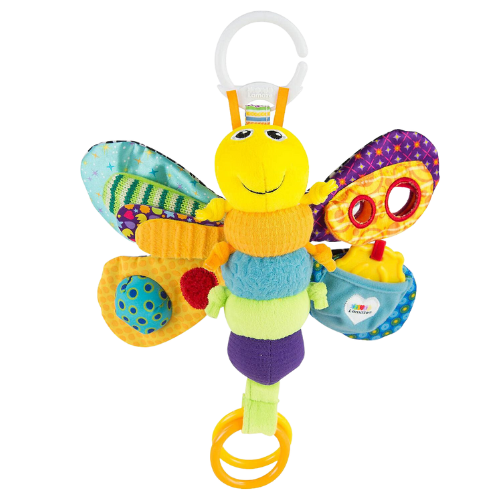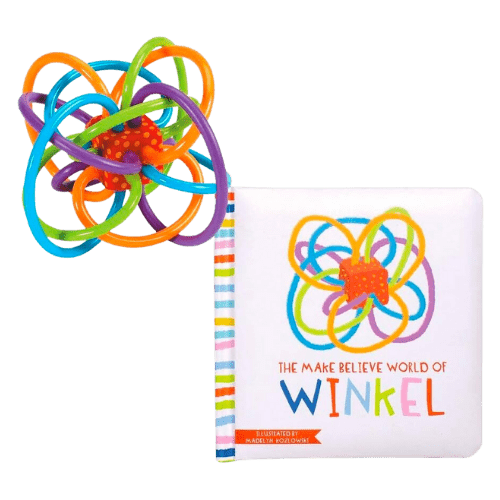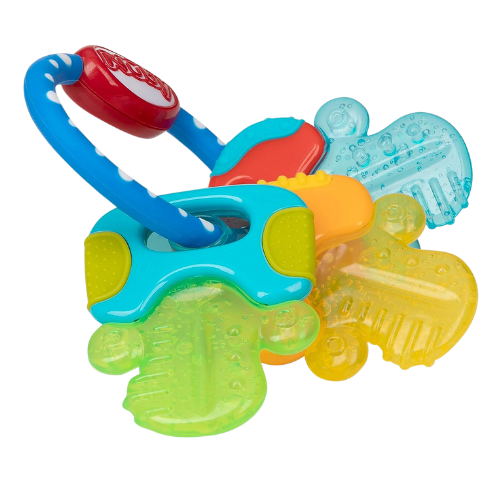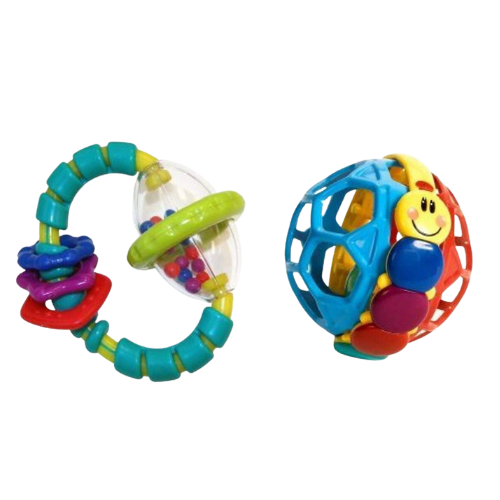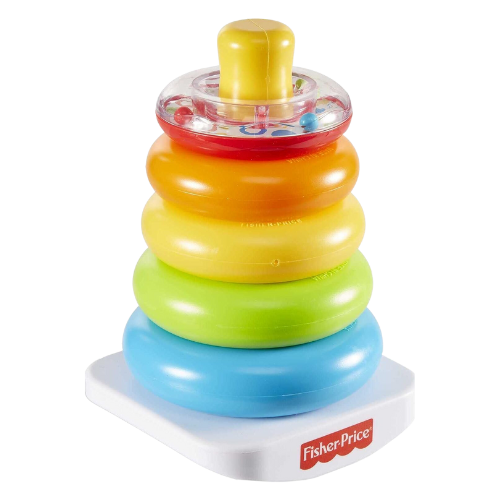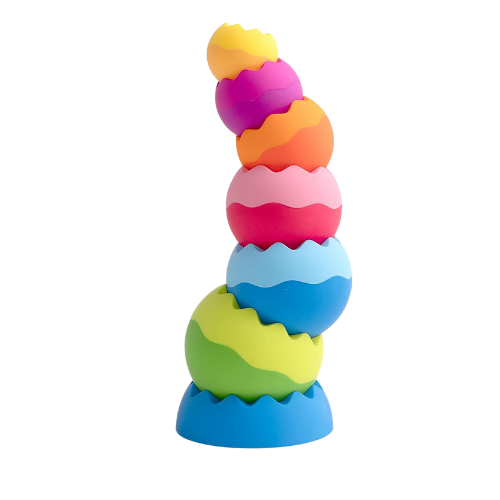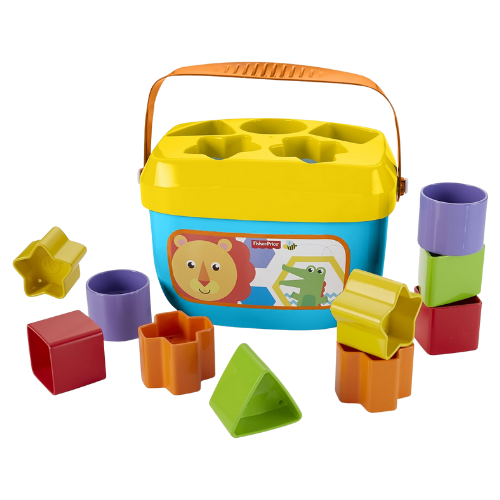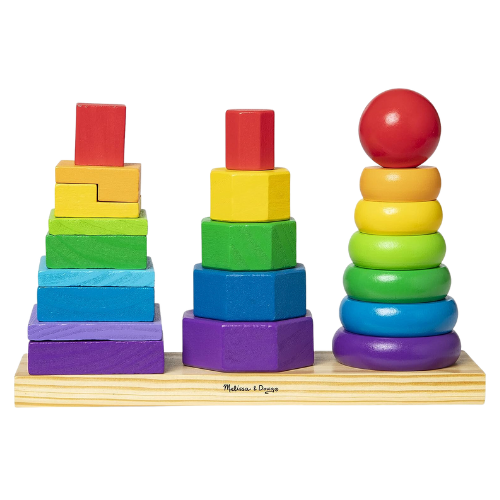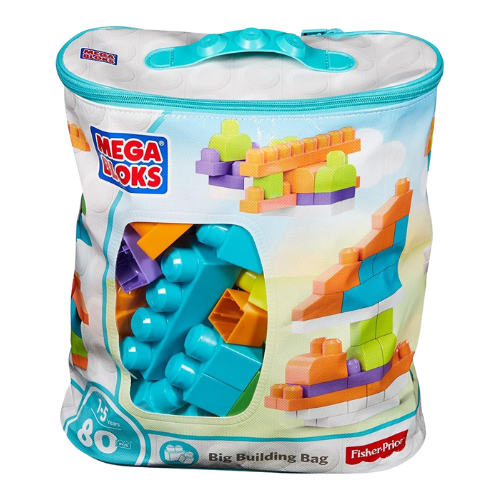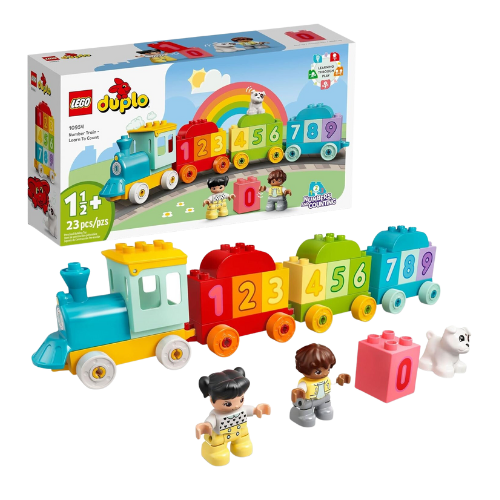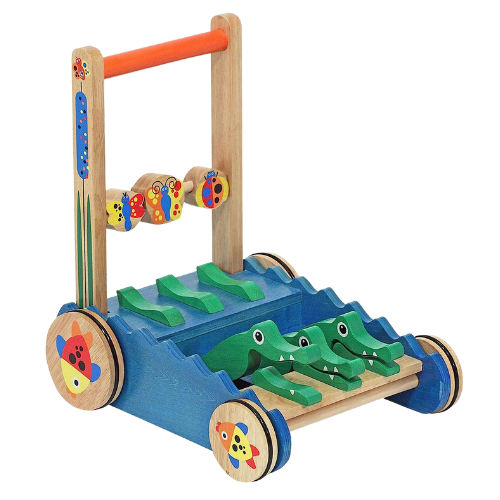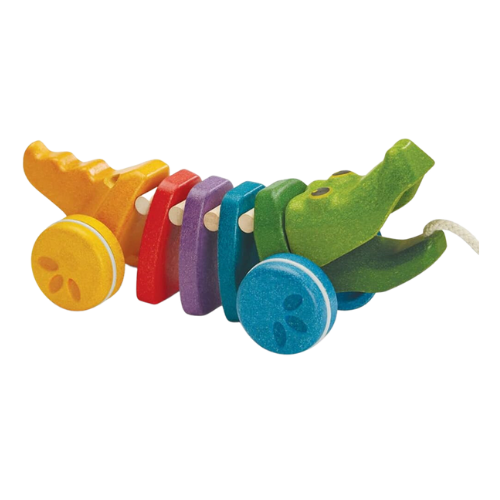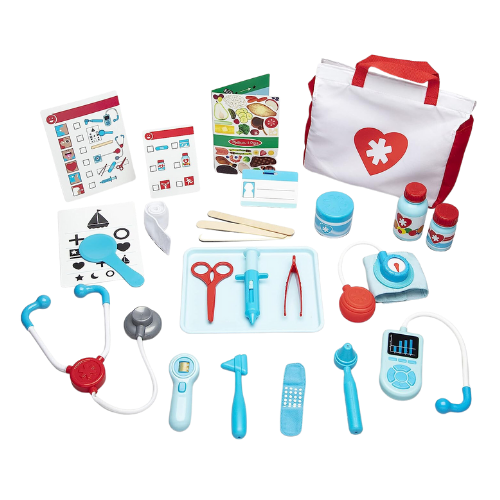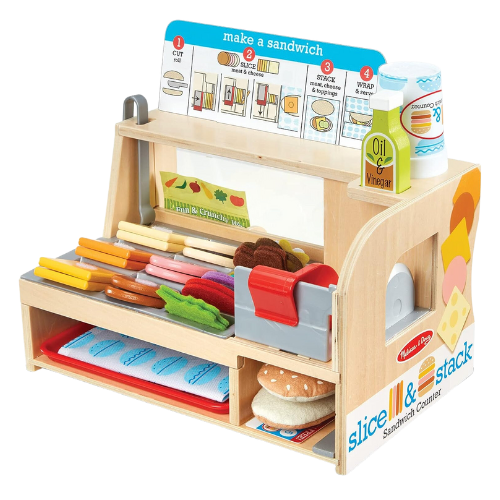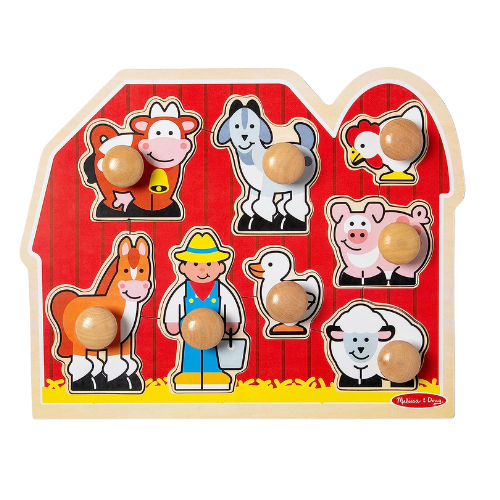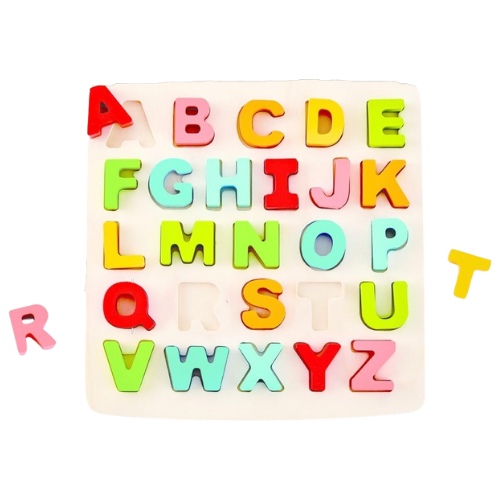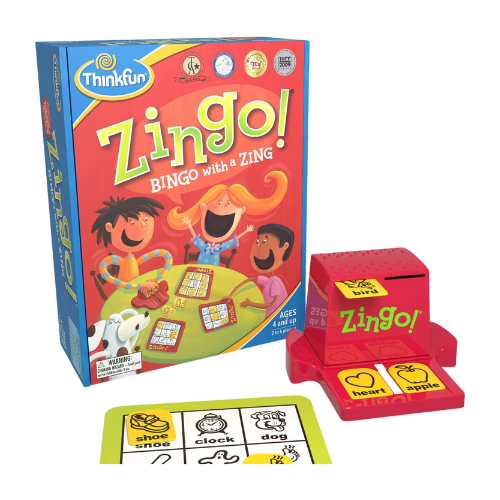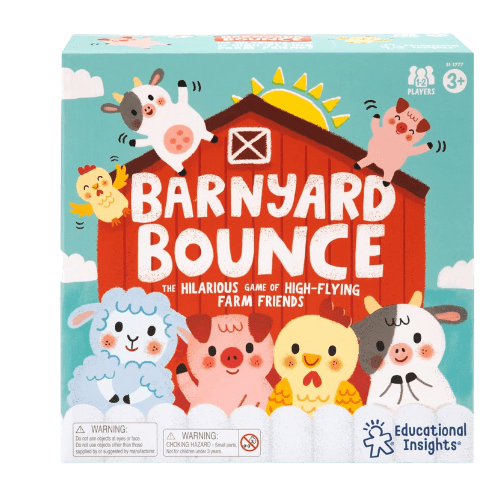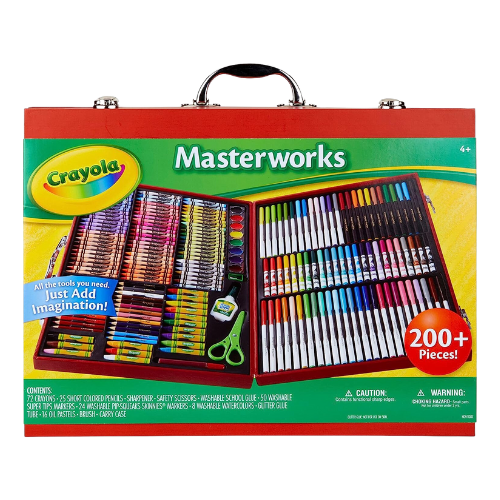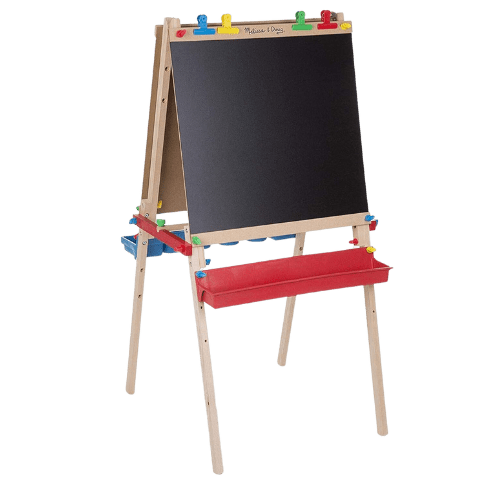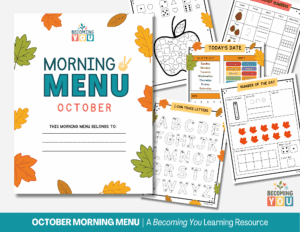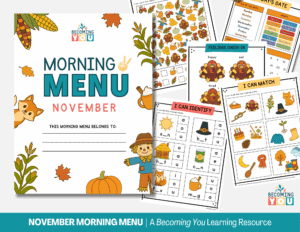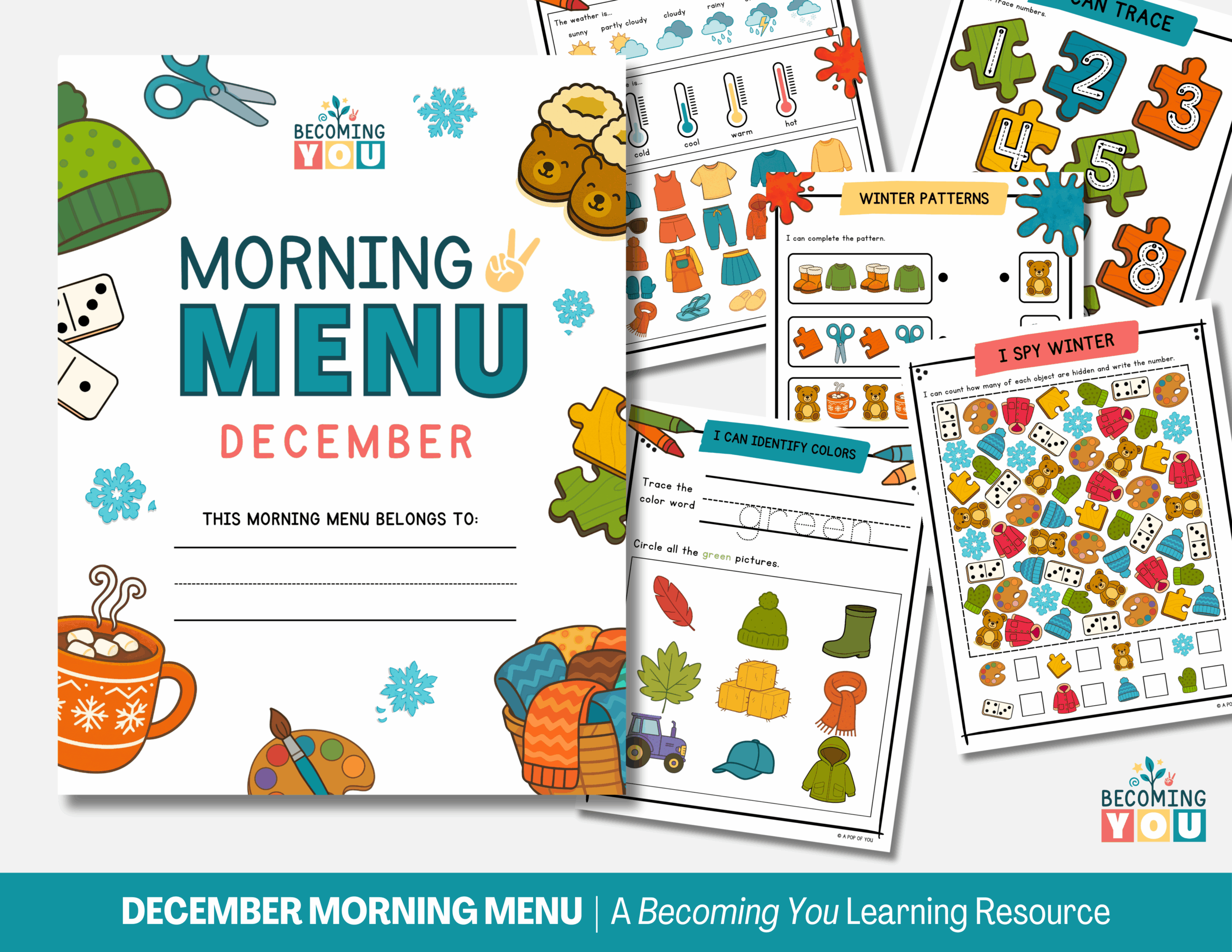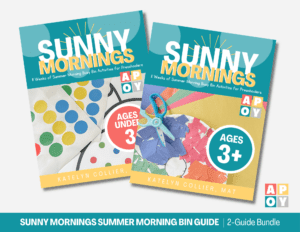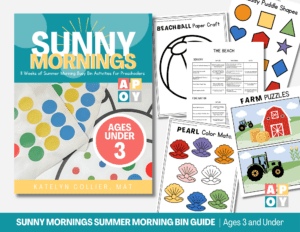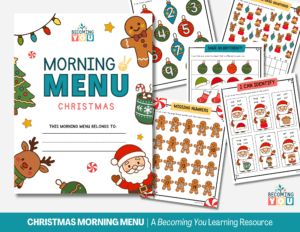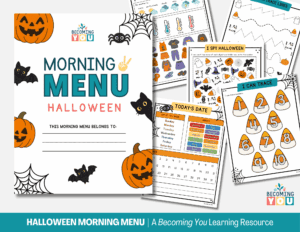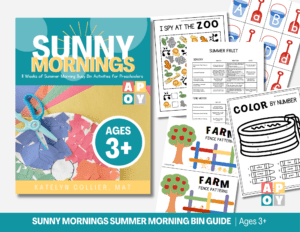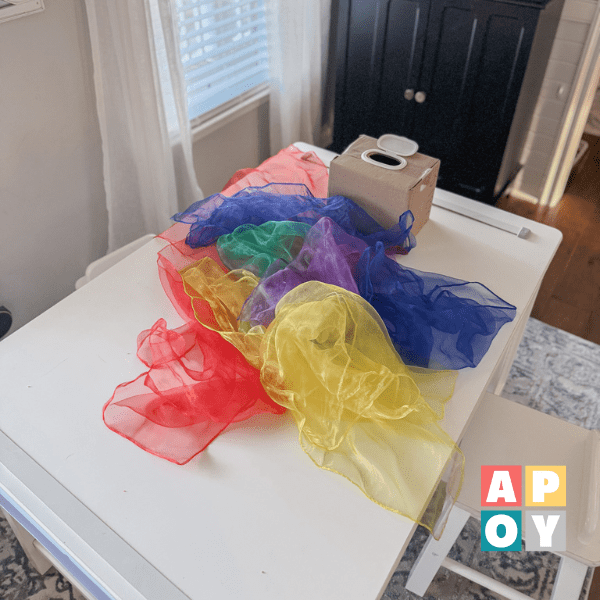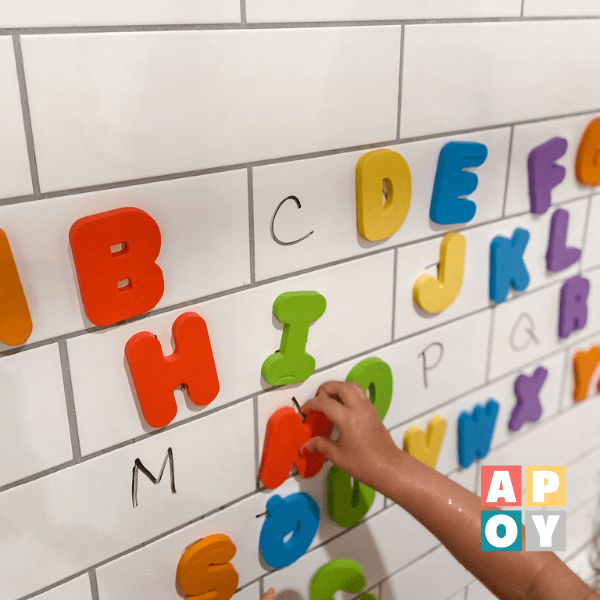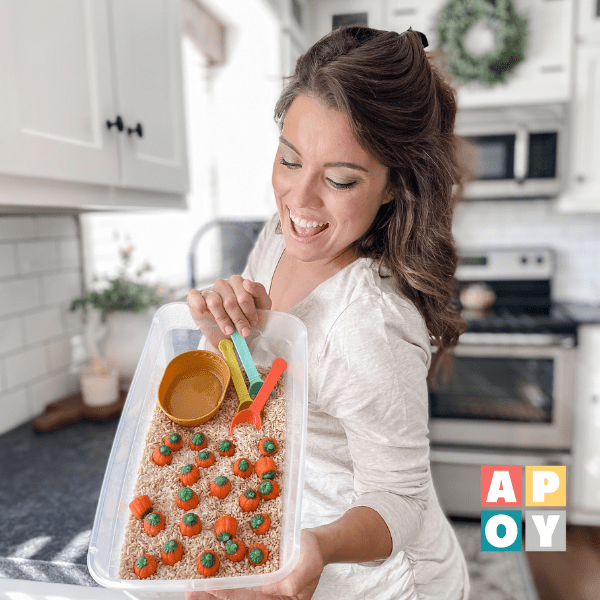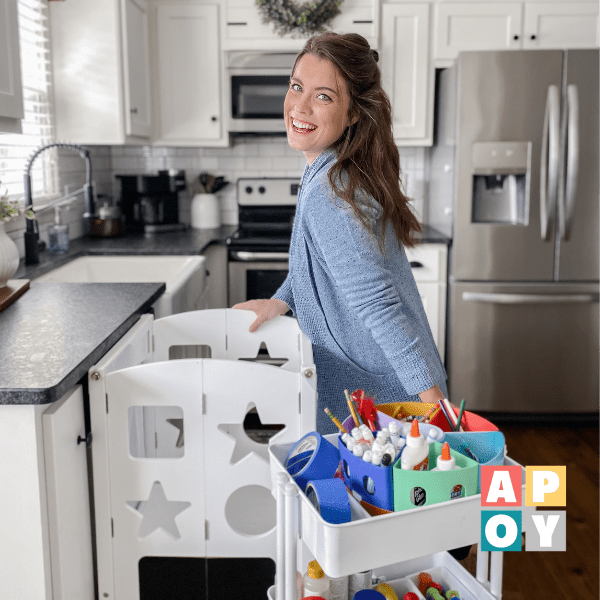Crafting a Calm and Stimulating Environment: A Toy Selection Strategy for Busy Parents
Want toys that actually get played with—and don’t take over your home? Learn how to choose the best toys for your child’s development while keeping things simple and stress-free. Get expert-backed recommendations and avoid overstimulation with a toy selection strategy that works!
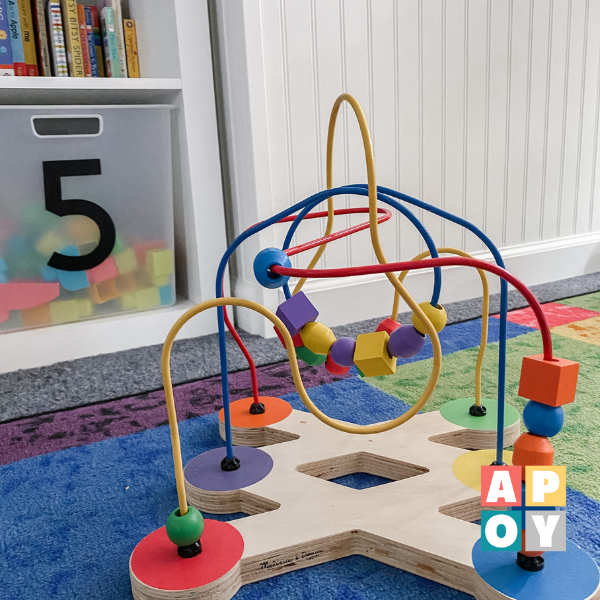
This blog post may contain affiliate links. When you make a purchase through these links, I may earn a small commission, at no additional cost to you. I only recommend products that I genuinely believe can benefit you and your family! Your support helps maintain and improve all things A Pop of You. Thanks so much!
How to Create a Balanced Play Environment Without Losing Your Mind
Finding the right toys for your child can feel like walking a tightrope—one misstep, and suddenly your living room looks like a toy store exploded. As parents, we want engaging toys that spark creativity and learning, but we also crave a home that doesn’t constantly feel like a disaster zone. The good news? Striking that balance is possible.
Let’s talk about a smarter way to curate your child’s toy collection—one that meets their developmental needs and keeps your space (and your sanity) intact.
The Science Behind Play: Why the Right Toys Matter
Play isn’t just about keeping kids occupied—it’s how they learn about the world. The best toys foster creativity, problem-solving, and social skills. Research shows that open-ended play (think blocks, art supplies, and pretend play) leads to stronger cognitive, physical, and emotional development. In other words, the right toys can do a lot of heavy lifting when it comes to your child’s growth.
Choosing Toys That Actually Add Value
The key to a balanced play space isn’t about having more toys—it’s about having the right ones. Here’s what to look for:
- Multi-Sensory Appeal: Toys that engage multiple senses—like different textures, colors, or gentle sounds—help kids process and understand their environment in a meaningful way. Bonus: these toys tend to keep their attention longer.
- Open-Ended Play: If a toy only does one thing, chances are it’s going to collect dust fast. Blocks, magnetic tiles, dolls, and art supplies give kids endless ways to play, making them worth every penny.
- Age-Appropriate but Long-Lasting: It’s tempting to buy toys labeled for a specific age, but the best ones grow with your child. Think stacking cups that go from baby toy to bath toy to pretend kitchen set.
Why an Overstimulating Play Space Works Against You
Ever notice how kids seem less interested in playing when surrounded by too many toys? That’s because an overstimulating environment can make it harder for them to focus and truly engage. Here’s what happens when you don’tlet the toys take over:
- Kids Play Longer & More Creatively – Fewer distractions mean they get lost in play rather than bouncing from toy to toy.
- Less Overwhelm = Fewer Meltdowns – A calmer space helps regulate emotions (for kids and parents).
- Better Sleep – Kids who don’t spend all day in sensory overload have an easier time winding down for bedtime.
- Easier Clean-Up – Fewer toys means less mess. Simple math, but life-changing in practice.
Toys That Don’t Deserve a Spot in Your Home
Not all toys are created equal. Some add unnecessary chaos without much payoff. These are the ones to reconsider:
- Toys That Do the Playing for Them – Anything with a screen, buttons that “entertain,” or features that take away imagination-based play should be limited.
- One-Trick Wonders – If a toy only does one thing (and worse, requires batteries to do it), it’s likely not worth the space.
- Excessively Loud & Flashy Toys – If you find yourself hiding a toy because of how irritating it is, your kid probably isn’t that into it either.
So What Should Make the Cut?
Here’s a go-to list of timeless, clutter-free, brain-boosting toys by age:
6-12 Months
Soft Sensory Toys: Soft toys with different textures and colors provide tactile stimulation.
Rattles and Teething Toys: Toys that make gentle sounds and offer safe teething options.
12-18 Months
Stacking Rings: Toys that encourage stacking and sorting, enhancing hand-eye coordination.
Shape Sorters: Toys with various shapes and corresponding holes to develop problem-solving skills.
18-24 Months
Large Building Blocks: Bigger blocks for stacking and building, promoting creativity and motor skills.
Push and Pull Toys: Toys that children can push or pull, enhancing balance and gross motor skills.
2-3 Years
Play Set: Encourages imaginative play, social skills, and vocabulary development.
Simple Puzzles: Puzzles with large pieces and simple patterns for cognitive development.
Preschool Ages
Board Games: Simple board games that teach turn-taking, counting, and social interaction.
Art and Craft Kits: Age-appropriate kits with paper, glue, and child-safe scissors for creative expression.
Remember to consider the specific interests and developmental needs of your child when choosing toys! These recommendations offer a balance of educational and imaginative play to enhance your child’s learning experience while maintaining a peaceful and stimulating environment at home.
The Takeaway: Simplify to Create a Better Play Experience
The best play spaces aren’t filled to the brim with toys—they’re intentionally designed to spark creativity without overwhelming kids (or parents). Prioritizing a few high-quality, open-ended toys leads to deeper play, less stress, and a calmer home.At the end of the day, it’s not about how many toys your child has—it’s about how well they play with the ones they do. Keep it simple, keep it meaningful, and enjoy watching your child’s imagination take the lead.


Hey There,
I’m Katelyn!

Hi, I’m Katelyn! Join me for creative, intentional family fun and practical home management tips! Parenting is hard, but I’ve got the tools to help you create a calmer, more intentional home!

BROWSE MY
TOY RECS

resourceS

SHOP LEARNING RESOURCES


Subscribe to the empty mug club

GET OUR DAILY TO-DOS FREE!
Plus, get the latest achievable learning activities, easy recipes, storage solutions, teacher-approved toy suggestions + exclusive discounts to Becoming You learning resources straight to your inbox!


About Katelyn Collier , MAT
Katelyn Collier is a former elementary school teacher turned homeschooling mom of three and the founder of A Pop of You. She’s passionate about helping families step away from the pressure of today’s fast-paced culture and create homes filled with presence, joy, and balance. Through her resources and podcast, she shares simple, practical tools to reclaim childhood and make family life feel lighter and more intentional.
Masters DEgree in elementary education
VOICE OF BECOMING UNPOPULAR, A PODCAST COMING SOON!
CREATOR OF BECOMING YOU, A KIDS’ LEARNING RESOURCE LINE


FIND MORE INSPIRATION
Even More Achievable Ideas

